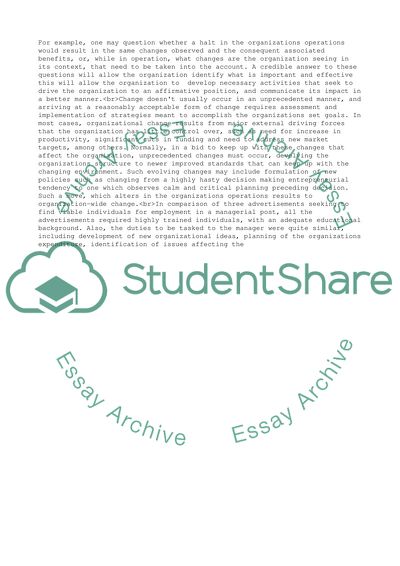Cite this document
(“Change context Essay Example | Topics and Well Written Essays - 1750 words”, n.d.)
Change context Essay Example | Topics and Well Written Essays - 1750 words. Retrieved from https://studentshare.org/management/1669899-change-context
Change context Essay Example | Topics and Well Written Essays - 1750 words. Retrieved from https://studentshare.org/management/1669899-change-context
(Change Context Essay Example | Topics and Well Written Essays - 1750 Words)
Change Context Essay Example | Topics and Well Written Essays - 1750 Words. https://studentshare.org/management/1669899-change-context.
Change Context Essay Example | Topics and Well Written Essays - 1750 Words. https://studentshare.org/management/1669899-change-context.
“Change Context Essay Example | Topics and Well Written Essays - 1750 Words”, n.d. https://studentshare.org/management/1669899-change-context.


